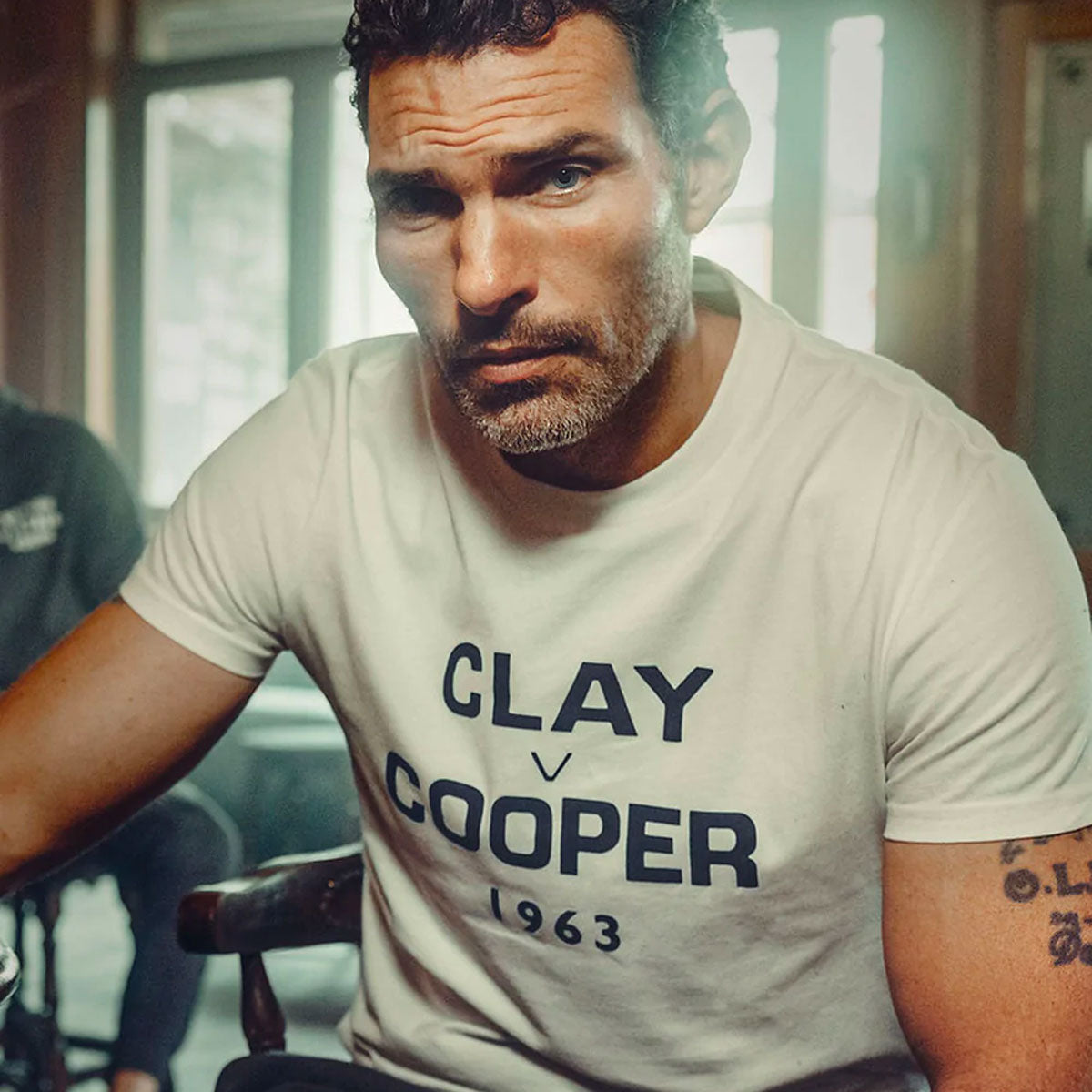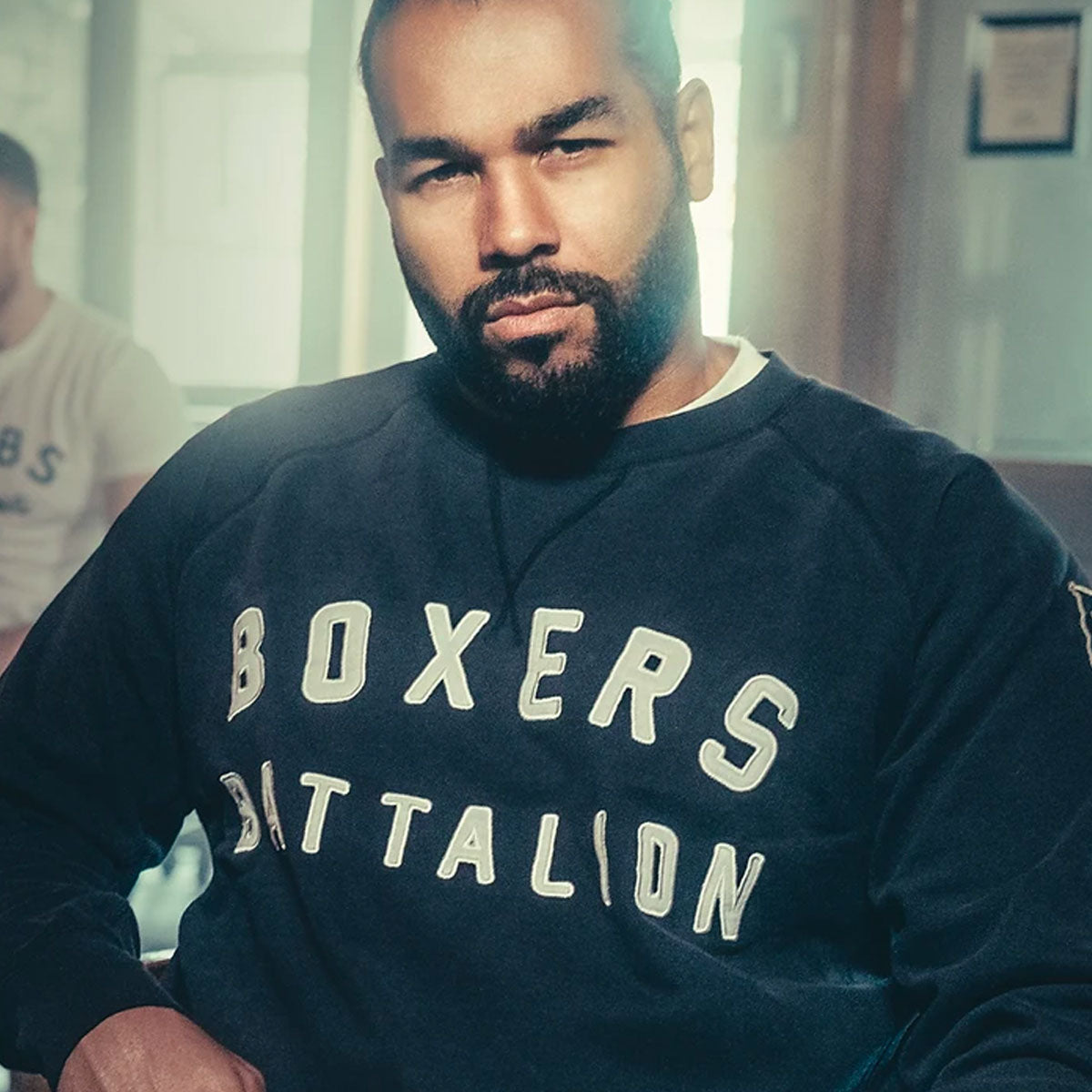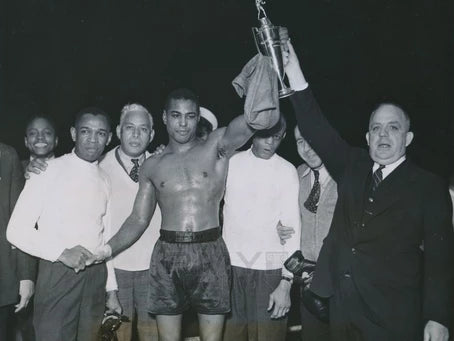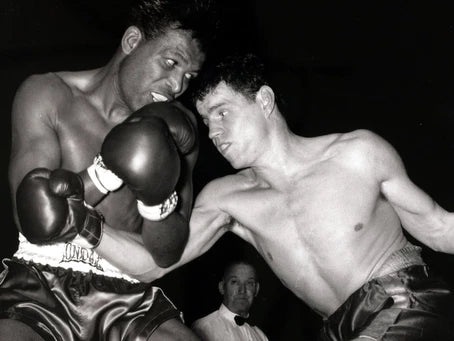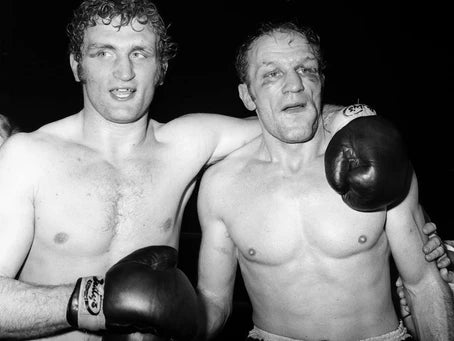Contributed by Paul Zanon
LL Cool J
(Courtesy of www.ambrosiaforheads.com)
Born 5 May 1914, on the cusp of World War I, John Henry Lewis would soon become a destructive force in his own right.
Born to John Edward Lewis and Mattie Drake Foster in Los Angeles, the family soon relocated to Arizona, which is where the embryonic stages of his boxing seeds began to be sowed. His father ran a gym in Phoenix, which is where young John was taught the fistic fundamentals.
His two brothers also donned the gloves. Paul Roger Lewis, who fought at middleweight and older sibling, welterweight Nathaniel Christy Lewis, who fought on many of John’s undercards. However, Lewis would often claim that boxing was in his blood long before he was born, citing his great, great uncle, bare knuckle boxing sensation, Tom Molineaux as a direct relative.
Molineaux, a slave who won his freedom through fighting, moved to London at the age of 25, and under the strict eyes of slave, turned fighter, Bill Richmond was involved in a number of historic encounters, including two barnburners with Tom Cribb. Molineaux stopped fighting at the age of 31, but unfortunately became dependent on alcohol. He passed away penniless at 34 years of age in 1818, in Galway. Thankfully, his spirit has been revived and in 2018 a plaque was erected in Galway to mark 200 years since his passing. The year after, two weight world champion, Katie Taylor unveiled a headstone on his previously unmarked burial spot.
On 18 January 1929, Lewis had his professional boxing debut against Buster Grant, losing a points decision over four rounds at the Arcadia Hall, Phoenix. However, the fourteen year old welterweight debutant gave a good account of himself and bounced back with gusto in his next 15 contests, boasting a record of 13-2-1. Unfortunately, one of the bouts became memorable for all the wrong reasons. On 11 March 1931, Lewis knocked out fellow Arizonian, Sam Terrin in the third of 10 scheduled rounds, at the O.K. Hall, Prescott. Shortly after Terrin died from the blows sustained in the contest.
On 1 July 1931 he challenged Lloyd Phelps for the USA Arizona State middleweight title. Despite taking a very convincing points decision over Phelps, riots ensued as the crowd in Mesa, Arizona resented the decision, threatening to lynch referee Harry Hegele. The belief was that the reaction was racially motivated, however, The Arizona Republic newspaper backed their 17 year old prospect, stating the result as ‘eminently just.’

On 21 September 1932, Lewis, now 37-3-4 and still only 18 years old took on a man bestowed with the moniker, ‘The Cinderella Man’. Standing almost four inches taller than Lewis and weighing 184lbs (compared to Lewis’ 172lbs), James Walter Braddock, nine years the Arizona favourite’s senior, brought a very erratic record of 48-25-7 to the table. In his previous eight contests, he’d only gained victory once and it didn’t come as a major surprise when Lewis clinched a points victory over the future heavyweight champion of the world. In hindsight, it’s even more impressive to state that Lewis only lost one out of the 10 rounds.
Three fights and eight weeks later, on 16 November 1932, Lewis took on his stiffest test by way of Maxie Rosenbloom. ‘Slapsie Maxie’ had already won the undisputed light heavyweight title in June 1930 against Jimmy Slattery and defended his crown a number of times. Incredibly, the 26 year old New Yorker already possessed a record of 147-28-15 and would finish his career with an incredible 272 contests to his name. That night, Rosenbloom gained the upper hand, taking a points victory at the Civic Auditorium in San Francisco. This was the first instalment of five fights the pair would engage in.
Over the next 22 months, Lewis gained a further 10 victories (including two against Rosenbloom), and one draw, before coming up against Idaho resident, Young Firpo on 20 September 1934 for the Pacific Coast Light Heavyweight title. In an evenly matched contest where the balance of power shifted round by round, nobody complained when the bout was declared a draw.
Over the next seven weeks, Lewis drew against Don ‘Red Barry’, won two further contests by knockout and then faced his old rival, James Braddock on 16 November 1934 at Madison Square Garden, New York. Think about that - five fights in seven weeks at this level. That would be unheard of these days.
On this occasion, Braddock gained the upper hand, walking away with the points decision over 10 rounds. The fight spring-boarded Braddock into a fight with heavyweight contender Art Lasky. The winner would challenge Max Baer for the world heavyweight crown and Braddock was predicted to lose. However, not only did he beat Lasky, we went on to do the unthinkable and beat Baer.
Undeterred by the Braddock loss, Lewis won his next 10 fights in seven months, before being pitted against his old nemesis, Maxie Rosenbloom, for the fourth time. Unfortunately for Lewis, it wasn’t his night, making the tally two a piece for the light heavyweight rivals. Then a week later, Lewis drew against Abe Feldman.
Despite coming off two draws, three months after the Feldman fight, on 31 October 1935, Lewis took on the reigning light heavyweight champion, Bob Olin at the Arena, Saint Louis in front of 9,219 spectators. Incidentally – Olin had beaten Rosenbloom to become champion, however, Lewis had beaten Olin in April 1935 and managed to repeat the feat with a landslide victory. John Henry Lewis was now light heavyweight champion of the world at the ripe age of 21. Interesting fact – Olin was trained by Ray Arcel. Yes, the same man who trained Roberto Duran four decades later. 
On 29 November, Lewis lost his fifth encounter against Rosenbloom in a non sanctioned title fight, then knocked out George Simpson in two rounds two weeks later.
1936 was busy to say the least. Lewis fought 20 times, losing and drawing once and racking up 18 victories, including two defences of his crown against Britain’s Jock McAvoy at Madison Square Garden on 13 March, NYC and his first and only ever contest outside the States, against Len Harvey at the Empire Pool, Wembley on 9 November. Both Brits did themselves proud lasting the full 15 rounds with the vastly talented Lewis.
Incredibly, Lewis fought a further 20 times in 1937. That’s 40 fights in two years. The opening contest of 1937 on 4 January was against Pennsylvanian Al Ettore, at the Convention Hall, Philadelphia, where Ettore walked away with a controversial split decision victory. Ring Magazine described it as ‘the worst blow in boxing in several years.’ The pair locked horns again five weeks later, after Lewis, of course, squeezed in a further two contests, however, this time Lewis won a far more convincing decision over 15 rounds. The victory did come at a cost, as Lewis suffered eye injuries against Ettore – something which would later halt his career.
Lewis spent most of 1937 over the 175lbs light heavyweight limit, taking on all comers, many of whom were natural heavyweights, north of 200lbs. However, one fight he did come bang on the limit was against the man he won the world title from, Bob Olin. Intent on making a statement to show he had progressed as a boxer and world champion, on 3 June 1937, Lewis knocked out Olin in eight rounds at the Arena, St Louis, Missouri.

The second contest Lewis lost of 1937 was against heavyweight Spaniard, Isidoro Gastanaga on 15 October at the Olympia Stadium, Detroit. Outweighed by 23lbs and giving away a couple of inches in height, Lewis suffered three knockdowns early in the contest, but managed to last the 10 round distance. However, as with Ettore, Lewis avenged his loss a few weeks later on 7 December, stopping the Ibarra resident in the ninth session.
Lewis remained undefeated in 1938, clocking up 10 straight wins, however, it wasn’t all smooth sailing. The New York Athletic State Commission stripped him of his title on 28 July for failing to accept a challenge against ‘Tiger’ Jack Fox, an opponent who Lewis had knocked out in three rounds a couple of years prior. Lewis believed Fox was not a big enough name and would not generate enough financial traction to make it a worthwhile contest. Thankfully, Lewis still had his National Boxing Association (NBA – now WBA) world light heavyweight strap and defended successfully it against Florida’s Al Gainer on 28 October 1938.
On 25 January 1939, Lewis made a gutsy decision to take on the world heavyweight champion, Joe Louis at Madison Square Garden, in an attempt to become the first light heavyweight champion to claim the heavyweight crown. Unfortunately for Lewis, after three knockdowns, he was stopped in two minutes and 29 seconds of the opening session. The fight was Lewis only stoppage loss in his career. The Brown Bomber was in his pomp, weighed 20lbs more and was destined for unparalleled future greatness. There was no shame in losing to a sporting legend.

His next fight was scheduled to be a rematch with Len Harvey in London, but unfortunately he failed to pass the medical due to blindness in his left eye. Consequently, the Louis fight was his swansong after a 116 fight career (100-11-5). He was only 24 years old at the time of hanging up the gloves.
After retirement, Lewis worked for a Baltimore based liquor company for a number of years. He passed away on 18 April 1974 in Berkeley, California, at only 59 years old after battling Parkinson’s disease and emphysema. Thankfully his efforts in the square ring did not go in vain as he was he was inducted into the International Boxing Hall of Fame in 1994. He will always be known for his fast hands, great defence but more than anything, his incredible boxing brain. The ability to compute information whilst in a fight and strategize accordingly. It’s a rare talent as was Mr Lewis.
Paul Zanon, has had nine books published, with almost all of them reaching the No1 Bestselling spot in their respective categories on Amazon. He has co-hosted boxing shows on Talk Sport, been a pundit on London Live, Boxnation and has contributed to a number of boxing publications, including, Boxing Monthly, The Ring, Daily Sport, Boxing News, Boxing Social, amongst other publications.

